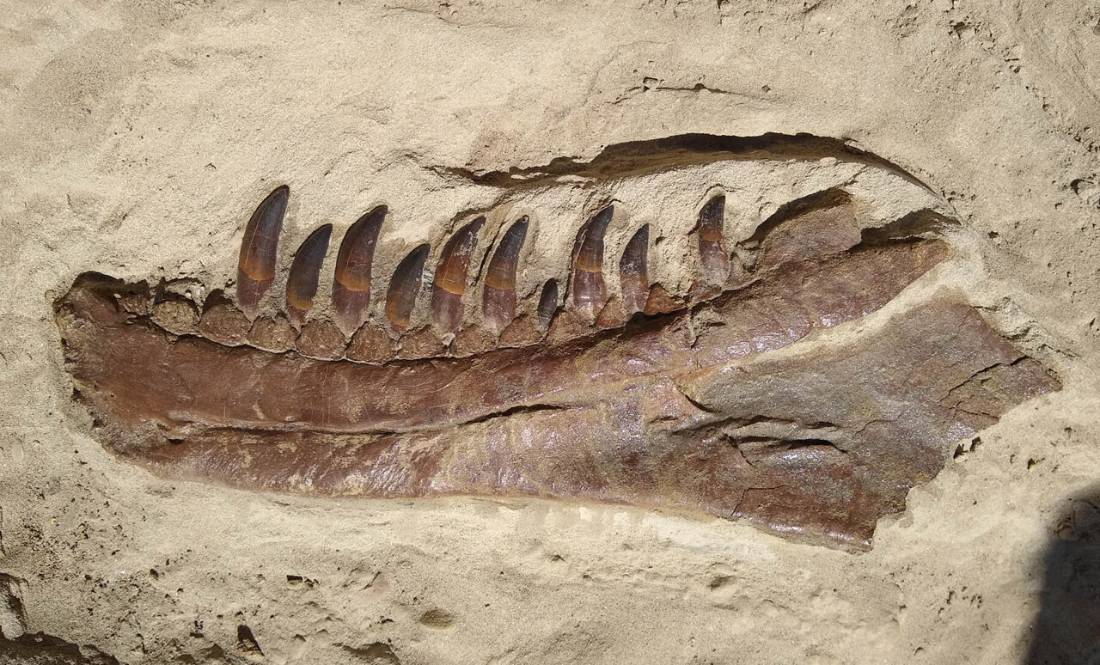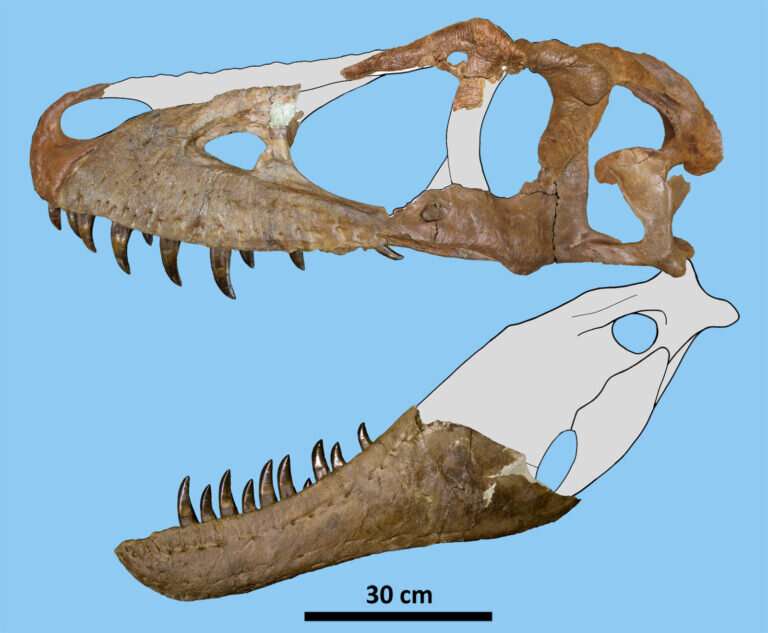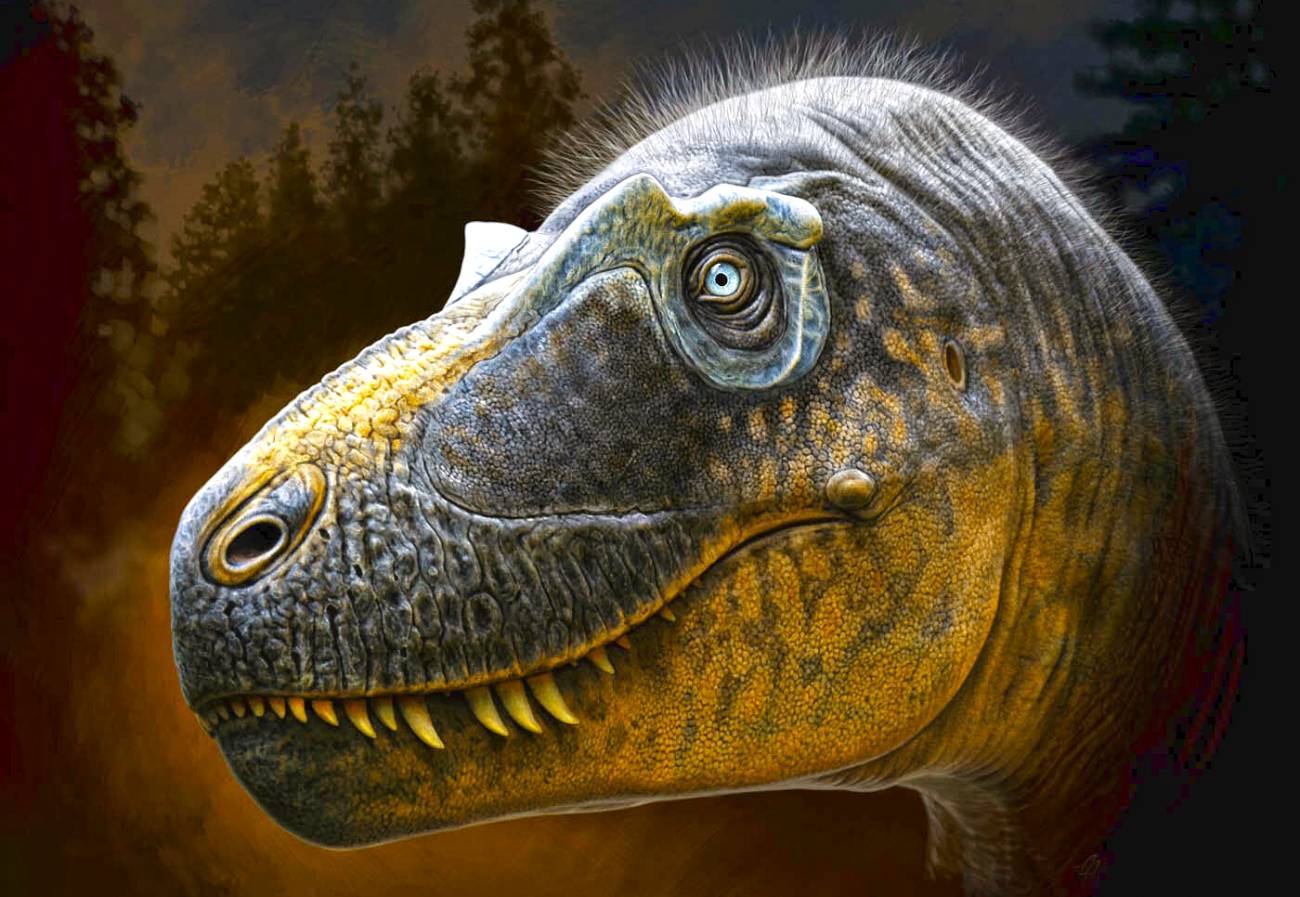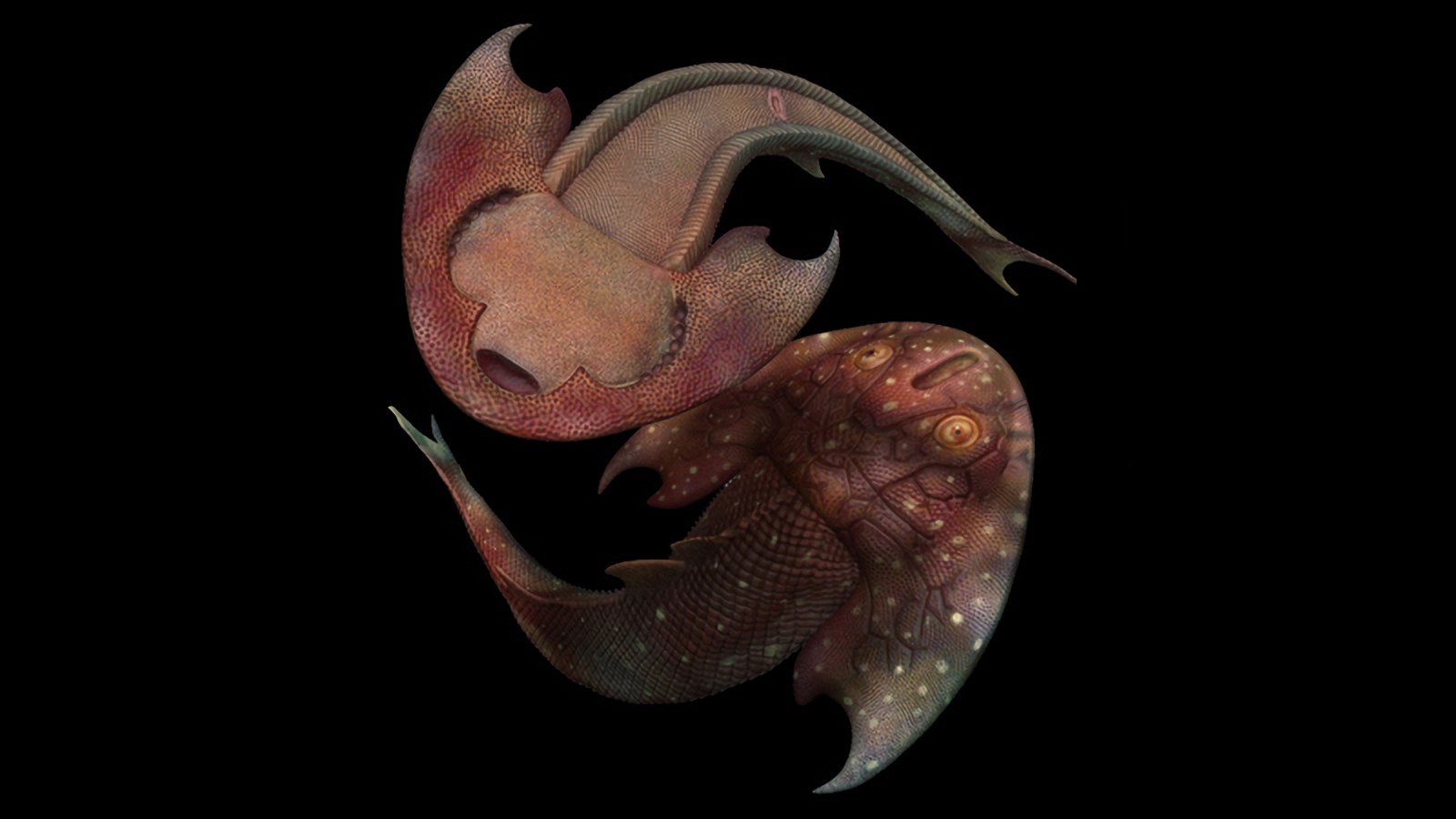There was a missing link in the family tree of Tyrannosaurus rex until the fossil of a tyrannosaur was unearthed in the United States. Daspletosaurus wilsoni, a carnivorous dinosaur that existed 76.5 million years ago, may have been the progenitor of the well-known T. rex. The fossil demonstrates that the evolutionary line to Tyrannosaurus evolved more linearly than previously supposed and explains the connections of two additional Daspletosaurus species.
Small hornlets are arranged in a distinctive pattern around the eye, making the new species easy to spot.

Not only is Tyrannosaurus rex a favorite in popular media, but it is also one of the best-studied predatory dinosaurs from the Cretaceous era. Studies have focused on a variety of aspects, such as population density, eye size, and short limbs. T. rex’s ancestry is still a mystery. For instance, there’s some question as to whether or not three sets of bones that have been attributed to it really belong to entirely distinct species. Not much is known about it, not even about its most likely predecessors, the daspletosaurs.
Meat-Eating “Sisyphus”
A fossil dating back 76.5 million years has been discovered, which may provide light on the T. rex’s prehistoric ancestry. An entirely new tyrannosaurid species has been identified in the Judith River Formation in northwestern Montana. Skull and spinal column fragments, together with a rib and a metatarsal, were discovered, and the dinosaur was named Daspletosaurus wilsoni. The ancient tyrannosaur’s head measured 1.05 meters in length. This means that, relative to Tyrannosaurus rex, this predatory dinosaur was relatively small.

Montana State University paleontologist Elias Warshaw and North Dakota’s Badlands Dinosaur Museum paleontologist Denver Fowler investigated the specimen and came up with the name “Sisyphus.” This is a reference to the “Sisyphus effort” their coworkers put into digging it up. Eight meters of rock had to be excavated before they could even see the bones.
Daspletosaurus’ Missing Link in Its Family Tree
The excavation was fruitful, however, since “Sisyphus” provides significant insight into the evolution of tyrannosaurids. The paleontologists note that the prominent horns surrounding Sisyphus’ eyes are reminiscent of primitive tyrannosaurids seen in earlier strata.

However, the predatory dinosaur also shows elements of current species, such as a larger eye socket and increased air pockets in the skull, which are characteristics of T. rex and other dinosaurs. According to Warshaw and Fowler, Daspletosaurus wilsoni represents a “missing link” in the evolution of tyrannosaurids because of its blend of ancient and modern features.
The research suggests that the newly found fossil represents a link between the 77 million year old Daspletosaurus torosus and the younger, 75 million year old Daspletosaurus horneri. Before this discovery, it was unclear whether these two Daspletosaurus species were related or had developed independently. However, the newly revealed connection suggests that they were closely linked, and so formed an evolutionary branch that, presumably, resulted in the creation of Tyrannosaurus rex.
More Evidence for the Linearity of Dinosaur Evolution
Anagenesis, often known as “linear evolution,” is the process by which one species directly gives rise to another. Consequently, the tyrannosaurid family is added to the increasing list of dinosaurs for whom such anagenesis is documented. As a result, linear evolution may have been more common among dinosaurs than previously imagined.






